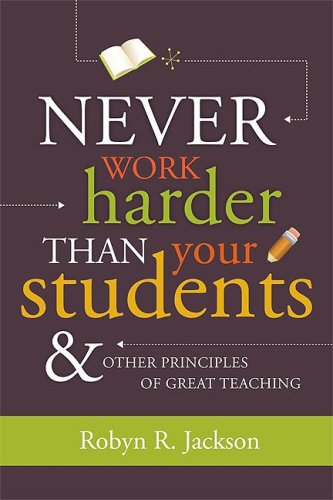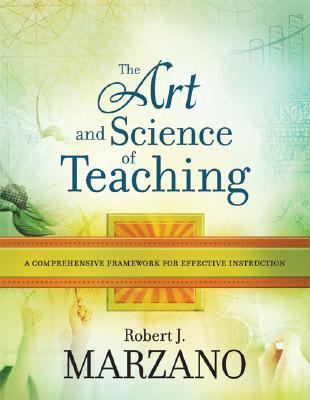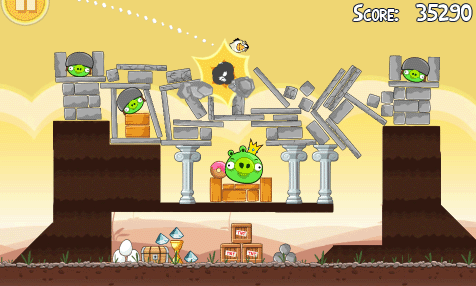Being a part of those two processes has changed me as an educator because I was a part f a team that created, authored, curated, and gave words to what we as a community believe, value, and desire for our students and our nation.
As part of the process we determined what factors impact our students and community. Think of it like a SWOT activity.
We recorded our beliefs about students and education as a whole.
Throughout this entire week-long process together we were crafting our mission and vision. I first had to understand that those were two different things.
Finally if we were to achieve our mission/vision, how would we get there. What would be our charge and how would we progress. The key to this phase of the process is to not think about today, but think of the end product. What will education look-like, sound-like and be-like for students when we achieve our actions. Challenging yourself to look at environment that doesn't exist yet is not an easy task and requires talented people to move you out of your comfort zone.
This brings me to the reason for my post. I just read a district's strategic plan and two words I read should never be included:
Maintain
and
Adequate
I struggle with both of these words because it's not strategic and it's not a plan. Status quo is not a vision for the future.
As I was challenged by Heidi on Twitter (who is awesome by the way, you must give her a follow!),
Then it's not a part of the "strategic plan." It would become a part of your beliefs about what impacts student performance or school and community environment and that you know it works and it is valued.
A strategic plan is a vision for the future, what you want for the generations ahead of us. A careful consideration of what we value, what we want and what we believe.
I know innovation isn't for every community. I know change is scary. If status quo is a belief and good enough is valued as "strategic" we are missing a wonderful opportunity to grow, be challenged and provide for all students.

















